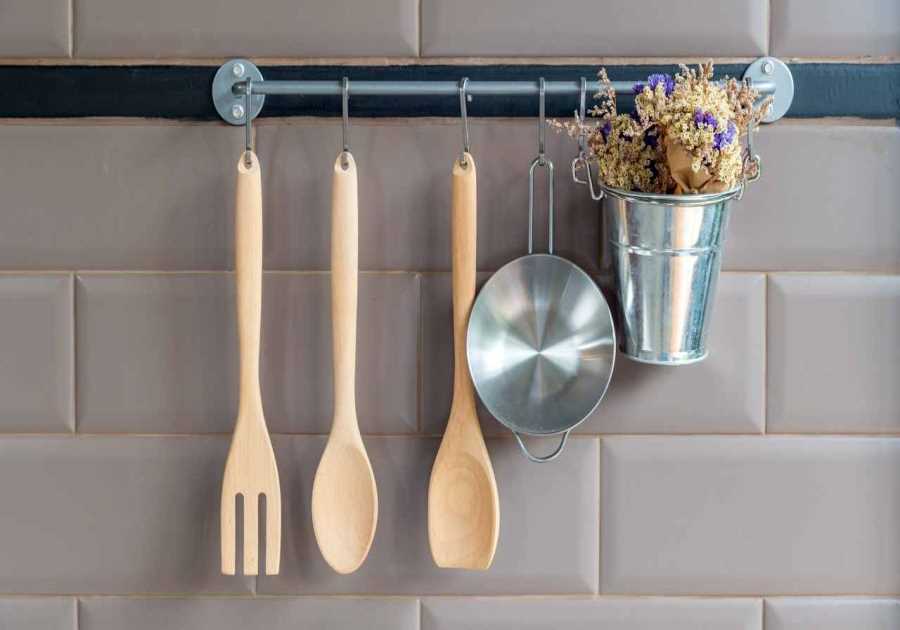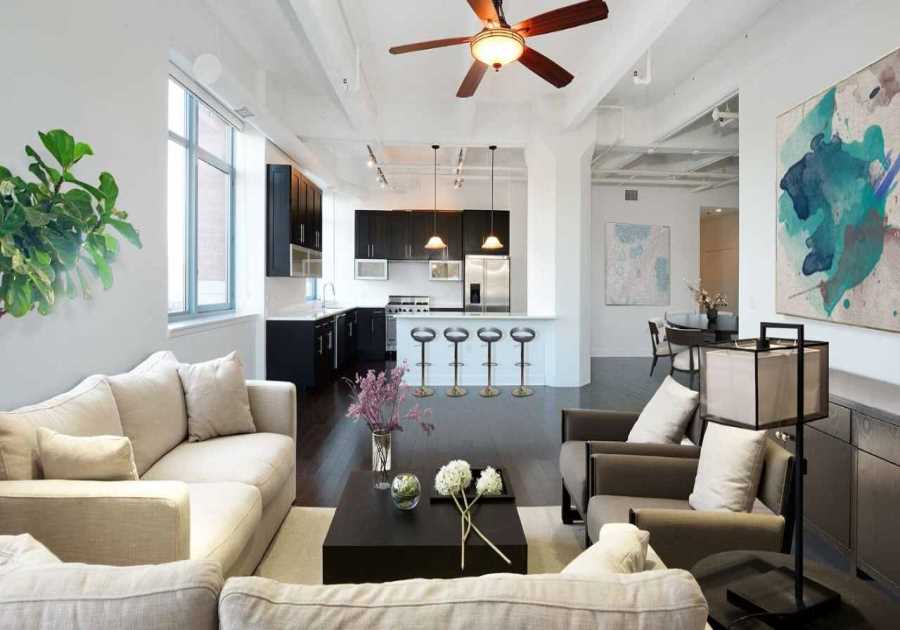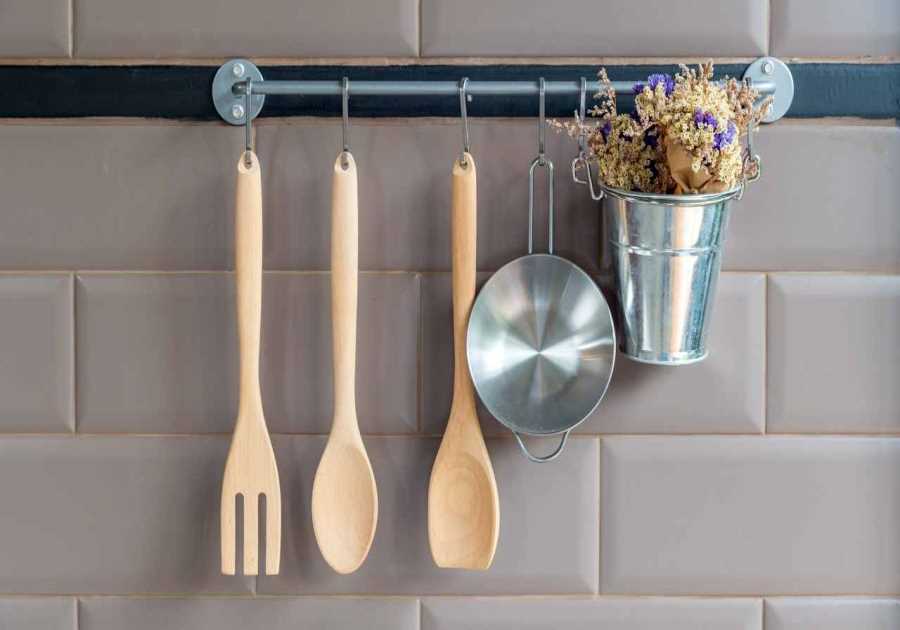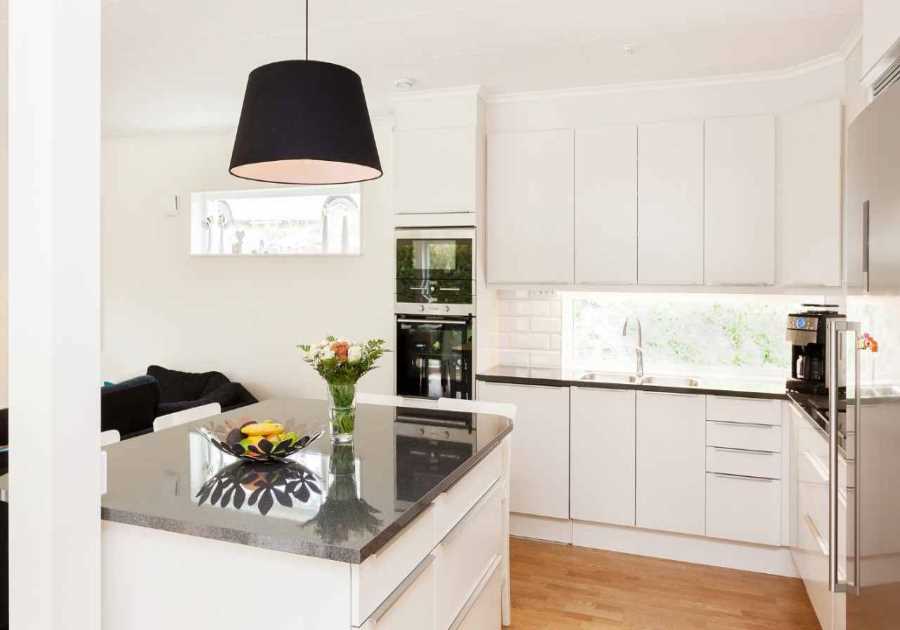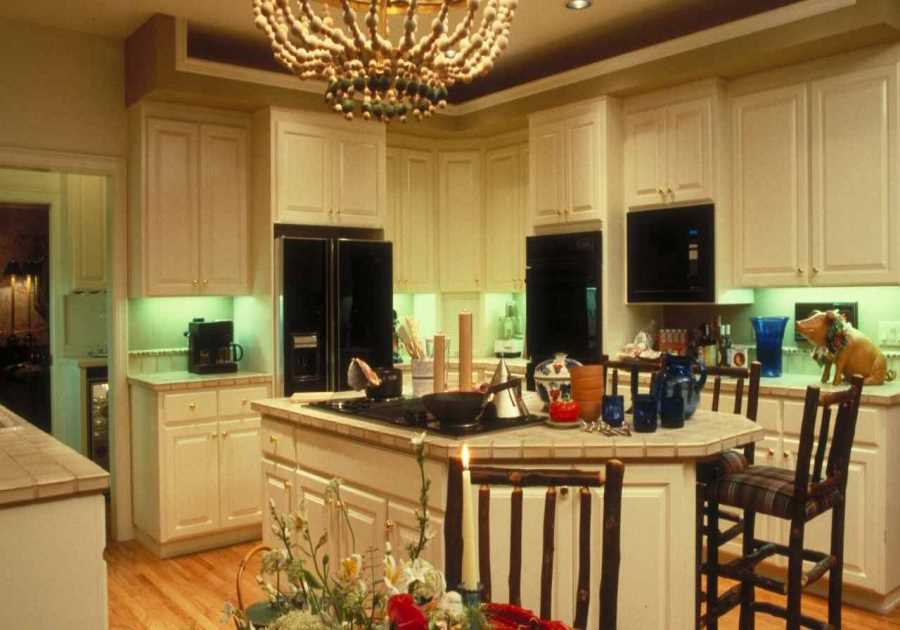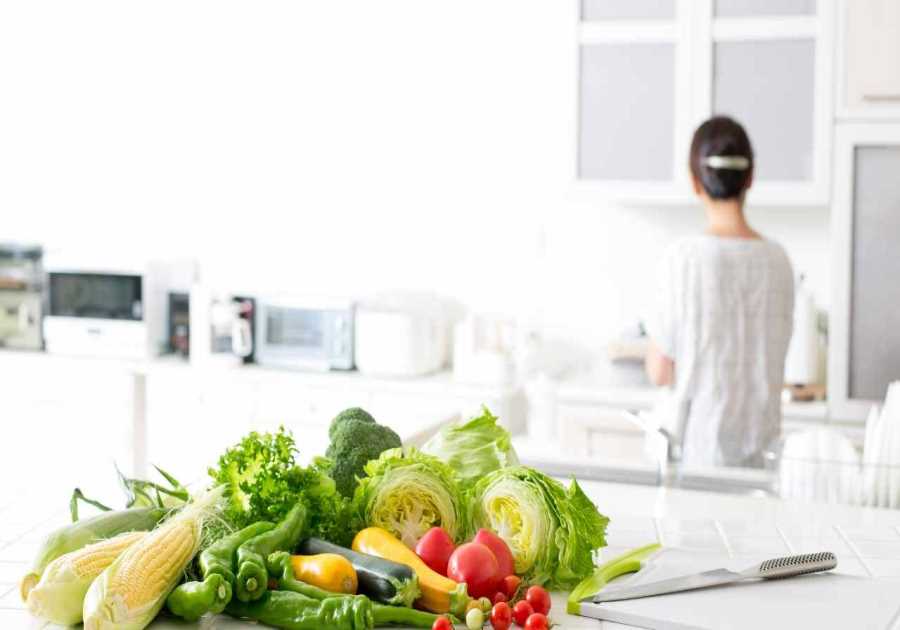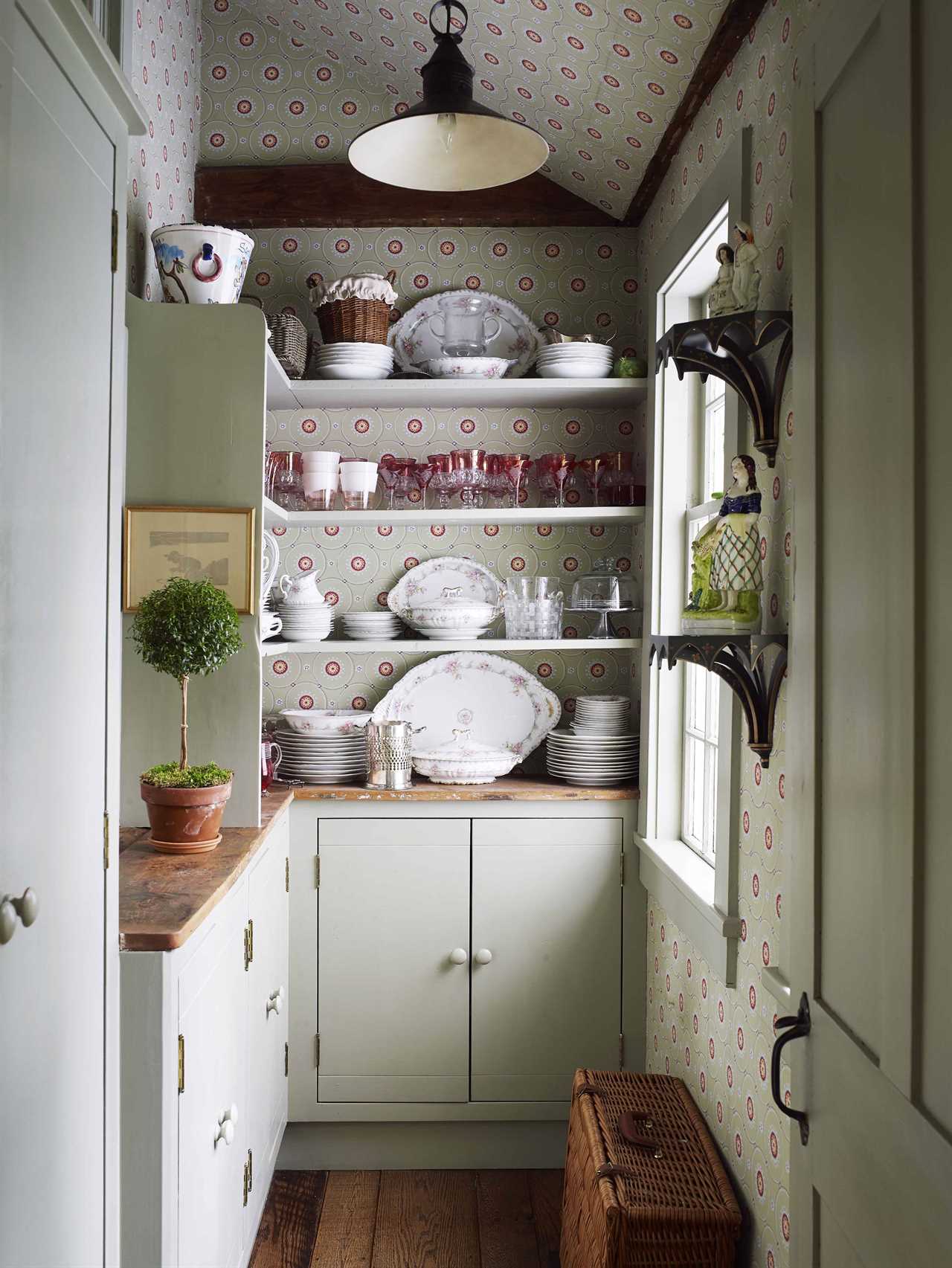
A butler pantry is an excellent addition to any home. Not only will it provide you with space to keep your sundries and other necessities handy, but it will also make your kitchen look more elegant. It is also an excellent way to save space, mainly if your pantry is located in a small area of your kitchen.
U-shape
U-shaped butler pantry ideas come in a wide range. This is the ideal solution if you are looking for an easy-access pantry that will not take up too much space. This design features a glass front beverage fridge and a vintage hammered brass dome lantern. The pantry is equipped with white open shelves and wooden hanging shelves.
A butler's pantry is a great place for storing and serving dishes. It can be attached to your kitchen or laundry room.
Depending on the design and layout of your kitchen, your butler's pantry may be small or larger. You can add appliances such as a sink, oven, and catering station. Your pantry can also be used for wine storage.
Butler's pantries have become more popular as of late. They are a fantastic way to keep fine china and serveware out of sight and away from clutter. A butler's pantry can often be located in a small space, like a hallway or nook, and connected to your dining area.
Galley-style
A butler pantry is a great way to add extra storage to a kitchen without taking up a lot of floor space. It is a place where you can store items such as your wine, serveware, and appliances, and it can serve as an extra prep space.
If you want to keep your butler's pantry hidden, you could create a small galley-style layout. This layout is ideal if you have limited space.
Depending on what you want to store in your butler's pantry, you may need a 2.4m-wide aisle. Alternatively, you could choose a walk-in design, which involves a door that opens into the butler's pantry. However, you'll need a countertop of at least 24 inches.
Typically, butler's pantries are located in a space that connects the kitchen and dining area. But there are several other uses for this area.
Built-in
Consider creating a butler pantry if you want to add extra storage to your kitchen. These rooms can be located inside or outside the kitchen and can be used for various purposes. Depending on your needs, you can choose a butler pantry that is functional, practical, and elegant.
You can also incorporate design elements into your butler pantry to make it more attractive. Adding decorative features such as wallpaper, bright colours, and specialty flooring can give your butler pantry a personal touch.
Butler pantries can be designed to match the rest of your kitchen. You can choose materials such as stone, marble, or carved wood. Quartz is a great choice, as it won't scratch or stain like other materials.
L-shaped
The L-shaped butler pantry is a great place to store your small appliances. It can also be used for other purposes. For instance, it's a handy spot to hide away last night's dishes. If you're planning to entertain guests, it's a convenient space to prep food.
Butler pantries come in all different sizes, designs, and features. They can be simple or elegant. Just make sure that they fit the layout of your kitchen.
Butler pantries are ideal for hiding the clutter in your kitchen. Typically, they're located off the main area. However, they're also an excellent place to store rarely-used appliances. And they can even serve as a minibar.
The main components of butler pantries are cabinets. You can choose to have open shelving or closed cabinets. To create a more modern look, consider installing suspended shelves. This is especially helpful for bulk dry foods.
Storage options
A butler pantry is an ideal place for storing food and cooking items. It is a great place to store pantry staples and food items and can also function as a craft space or home office.
If you're looking to add a butler's pantry to your home, consider a few simple design features to help you maximize your space. First, ensure the room blends in with the rest of your kitchen. It's also a good idea to think about the types of items that you'll store there.
For example, you may want to include storage for spices and other baking supplies. This can be simple, such as installing spice racks that fit your space. You can also include decorative elements such as a mirror backsplash and stainless-steel cabinets.
Frequently Asked Questions
Are you looking to remodel your kitchen?
It is a good idea to begin by creating a list with your requirements and wants. This will allow you to communicate with potential kitchen remodelers or contractors.
- Budget: How much should you budget for your new kitchen?
- - Size: What is the size of your kitchen? What size kitchen do you need?
- Layout: How do you arrange your kitchen? Is it necessary to change the layout in your kitchen?
- - Appliances. What appliances are you looking for in your new kitchen.
- - Storage: How will your kitchen store all of your food and supplies?
- - Style: What type of kitchen do you desire? Traditional, contemporary, rustic, etc.
- - Colors: What colors do you want for your new kitchen?
You are now ready to plan your new kitchen.
Do you have flooring under your kitchen cabinets?
It is important to place flooring underneath kitchen appliances. By doing this, you can make sure your countertop is at the proper height.
What type of kitchen backsplashes are in fashion?
A modern kitchen will look best with a fully-heightened backsplash. If you're looking for something traditional, a subway backsplash will work well. Brick or stone backsplash would work well if you are looking for something rustic. Ultimately, it comes down to personal preference and what fits best with the overall style of your kitchen.
Statistics
- Your most significant cost investment for a kitchen remodel will usually be cabinets, typically comprising 25 percent of your budget. (hgtv.com)
- In the Pacific region (Alaska, California, Washington, and Oregon), according to Remodeling Magazine, that same midrange central kitchen remodel jumps to $72,513, and a major upscale kitchen remodels jumps up $11,823 from the national average to $143,333. (hgtv.com)
- “We decided to strip and refinish our kitchen cabinets during a heat wave with 90-plus-degree temperatures and 90 percent humidity in a house with no air conditioning. (familyhandyman.com)
- Experts also recommend setting aside 20 percent of your budget for surprises, including unpleasant demolition discoveries. One is water damage, the electricity that is not up to code, or other budget-spiking gotchas. (hgtv.com)
- This is rather grim, but according to Business Insider, 12 percent of couples consider getting a divorce while renovating their home! (familyhandyman.com)
External Links
forbes.com
familyhandyman.com
thespruce.com
houzz.com
How To
These are the 8 Steps to Kitchen Remodeling For Beginners
This is how to begin a DFY Project for Beginners.
- When remodeling your kitchen, there are three main steps. First, decide whether you want to do an entire renovation or replace appliances and fixtures. Second, determine which type of kitchen design fits your lifestyle best. Third, you can decide whether to hire professionals for the job or DIY it.
- Next is to decide which type of kitchen you want. Are you looking for a traditional kitchen that includes cabinets, countertops, and all the appliances? Maybe you prefer sleek modern designs and less storage. You might be interested in adding a large island to your kitchen or a breakfast bar. You will also need to hire an experienced contractor to assist you with the installation after you have selected a layout, finish and material.
- The kitchen is the heartbeat of every home. However, many homeowners feel overwhelmed at the number of decisions they must make before starting their project. There are a few easy ways to get started.
- Deciding if you want to renovate or replace - First, decide if you want to do a kitchen remodel or simply replace certain fixtures and appliances. If you're looking to remove the existing space and begin from scratch, it's important to account for demolition costs, new cabinets countertops, flooring, appliances, lighting, and other expenses.
- Calculate Your Budget – The first thing to do is determine how much you are able to spend on your kitchen remodeling project. This includes everything from the cost of labor and supplies to the amount you can afford.
- You can choose your layout - Now that you know how much money you are able to spend, you can decide where to place your new kitchen. There are many layouts available, including open concept and peninsula, galley, U-shape or L-shaped, corner, corner, U-shape and U-shape. Each layout comes with its pros and disadvantages, so make sure you choose the one that is most suitable for your needs.
- Selecting Your Materials – Once you have decided on the layout of your kitchen it's now time to select the materials. This covers everything from cabinets and countertops, to flooring and lighting. There are many options available, so it's essential to research and select the materials that best fit your needs.
- Hire Professionals - Finally, once you've selected your materials, you'll want to find a professional specializing in kitchen construction. Good contractors will ensure that everything runs smoothly, starting with design and ending with installation. You don't need to worry about problems throughout the process. They also provide follow up services.
- Enjoy! - You've made it to the final stage of the kitchen remodeling process--enjoyment! If you are happy with your kitchen, you will not mind spending hours making delicious meals in it. If you are still not sure, take the time to test out your new kitchen. It will give you a better idea of whether or not your remodel was worth the effort.
.png)
